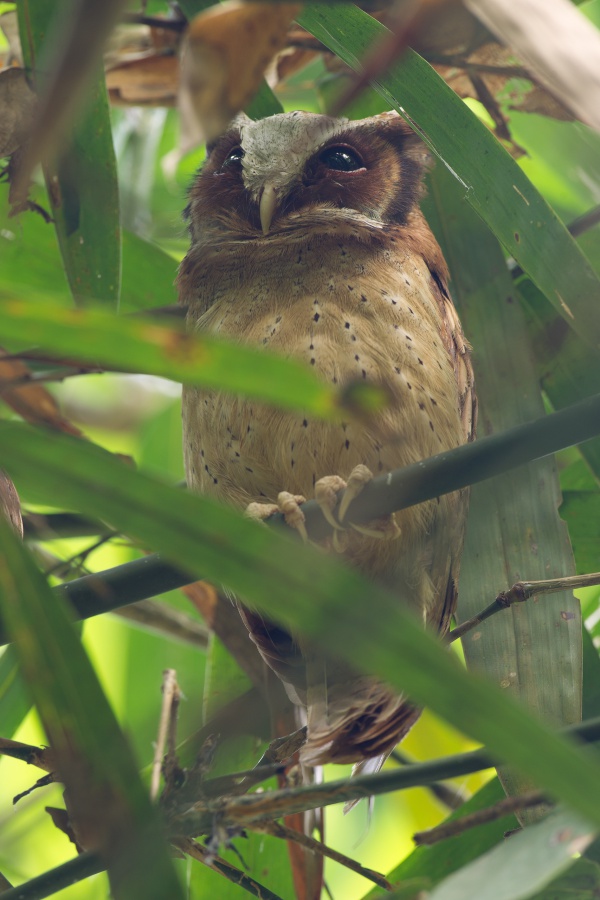Facts About White-fronted scops owl
The white-fronted scops owl, a captivating species native to parts of Asia, belongs to the Strigidae family. Regrettably, this owl is experiencing a population decline, with limited available information about its ecology and behavior. It thrives in lowland and foothill forests, habitats that are being rapidly destroyed, thereby endangering its survival.
Classified as vulnerable, the white-fronted scops owl's population is estimated to range between 2,500 and 10,000 individuals. These owls occupy approximately 149,000 square kilometers of forest, living at altitudes ranging from sea level up to 700 meters.
First described by American ornithologist John Cassin in 1849, the owl’s scientific name is Ephialtes sagittatus. It does not have any recognized subspecies. One of the most fascinating characteristics of the white-fronted scops owl is its remarkable ability to camouflage. It can puff up its feathers to appear significantly larger or elongate its body and turn its head, blending seamlessly with its surroundings to evade predators.
These distinctive traits, coupled with its vulnerable status, underscore the critical need for conserving the forests that this species inhabits.

 Thailand
Thailand